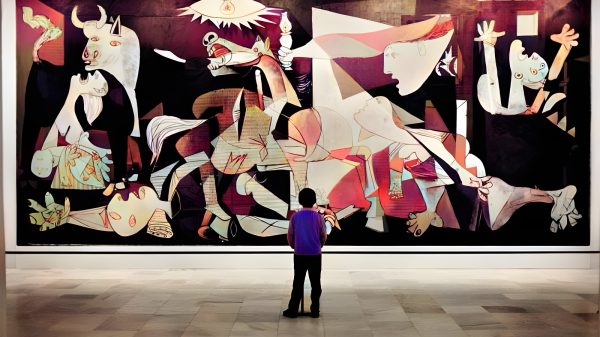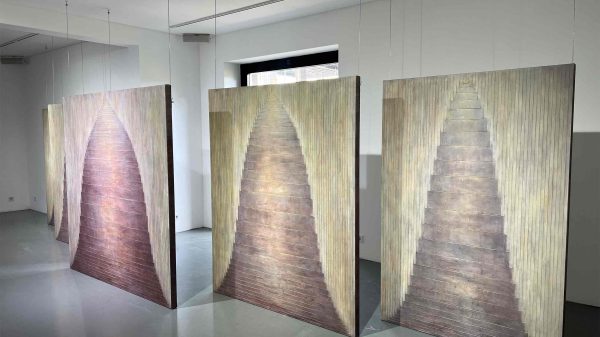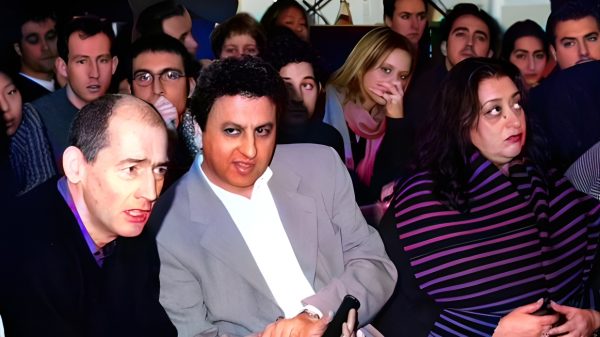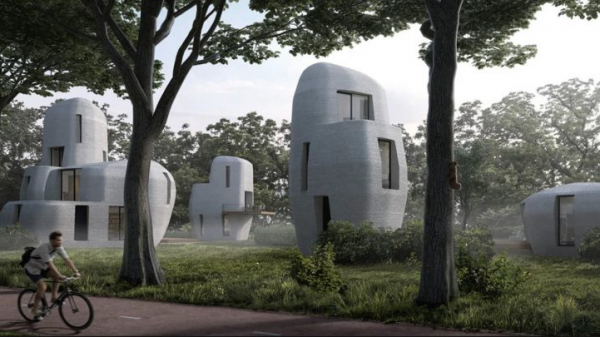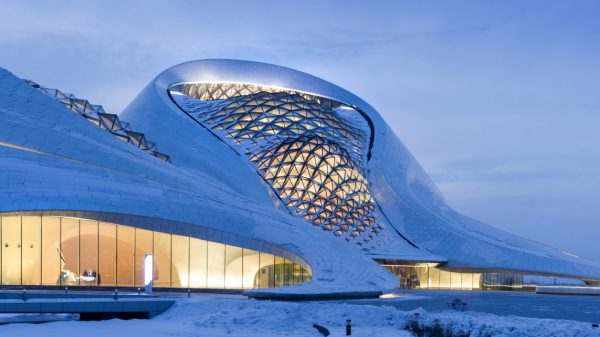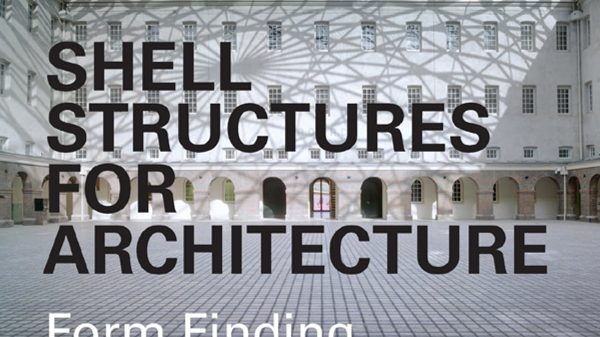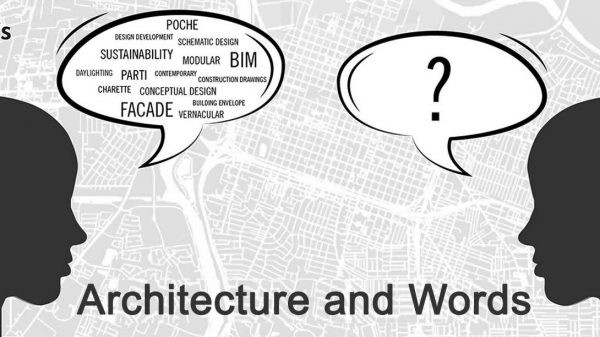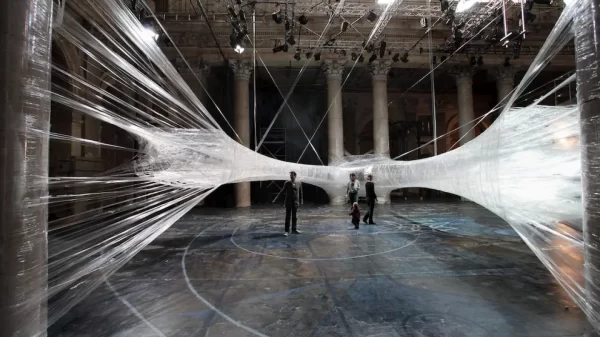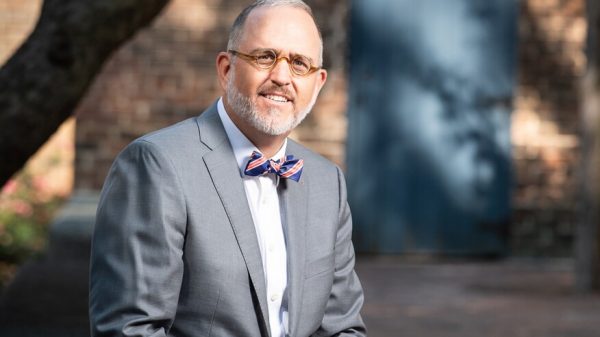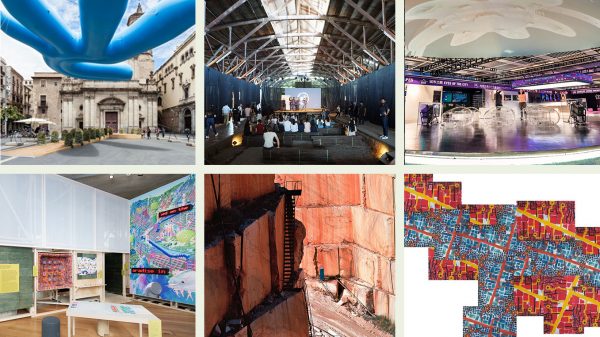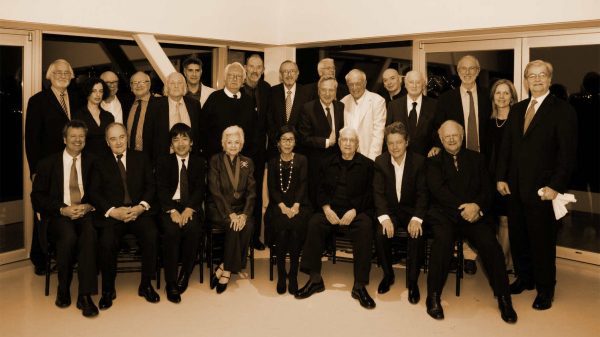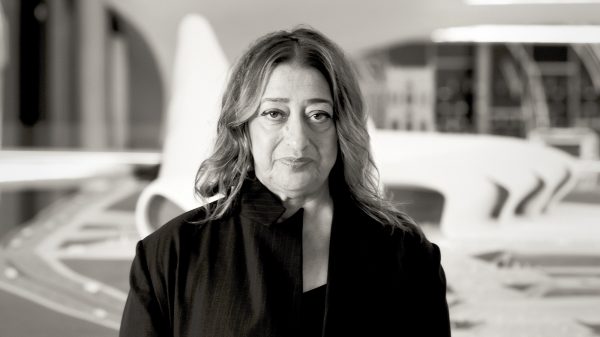No matter what you think of it, these days there is no denying that a celebrity culture has a significant effect on the architecture world, with a small percentage of architects taking a large portion of the spotlight. Questioning this status quo, Vladimir Belogolovsky’s new book “Conversations with Architects in the Age of Celebrity” interrogates some of these famous architects to find out what they think of the culture which has elevated them to such heights. In this excerpt from the book’s foreword, Belogolovsky asks how we got into this celebrity-loving architectural culture, and what it means for the buildings produced.

Not to be confused with other kinds of stars, the most popular of architects are identified as “starchitects.”* Is this a good thing? The notion of starchitecture is hated wholeheartedly by most of the leading architectural critics. They run away from addressing the issue because they think it has nothing to do with professional criticism. But what do the architects think? One of the architectural megastars, Rem Koolhaas, was astonishingly self-effacing in an interview for Hanno Rauterberg’s 2008 book Talking Architecture:
“I think what we are experiencing is the global triumph of eccentricity. Lots of extravagant buildings are being built, buildings that have no meaning, no functionality. It’s rather about spectacular shapes and, of course, the architects’ egos.”
Koolhaas’s view may be an accurate evaluation of the current state of architectural affairs, but he did not diagnose the roots of the architects’ eccentricity. Why do they do these things? It was Morris Lapidus, a successful outsider, the architect most famous for his glamorous Fontainebleau Hotel on Miami Beach, who spelled out his reasons in his entertaining interview that appeared in 1973 book Conversations with Architects by John Cook and Heinrich Klotz:
“I don’t want anybody to pass one of my buildings without noticing it… I want them to stop. I don’t give a damn if they say, ‘My God, who the hell did this thing?’ This may be exhibitionism or showmanship or ego, I may have designed some of the most criticized buildings in the world, but with only one thing in mind: ‘By God, don’t walk by me, I am an architect. I’m trying to show you something. Look at it.’’

Lapidus’s motivation may not be shared by most architects, but at least for some this explains why they enter architecture as a profession or for that matter why anyone enters any creative or competitive field in the first place.
If it is true, as most critics seem to agree, that in our pluralistic day and age contemporary architecture can no longer be defined by a single style or uncompromising school of thought, then perhaps it is the unprecedented status of starchitects and “starchistructures” that has emerged as our era’s unifying theme. It may be just about the last resort for finding tangible common ground in the work of today’s key architects. In fact, common ground is the last thing starchitects are interested in preserving. And if so, this sort of categorization, superficial as it may be, is arguably contemporary architecture’s last bastion. Only the future can tell whether this notion has a long life and what’s next.

Will Alsop: “You can open up things to a debate, and you can enjoy it and learn from it, but there comes a point when it is you, the architect, who must make a decision. That’s the art of architecture—putting everything together in your own way.”
Bjarke Ingels: “Our architecture is never triggered by a single event, never conceived by a single mind, and never shaped by a single hand. Neither is it the direct materialization of a personal agenda or pure ideals, but rather the result of an ongoing adaptation to the multiple conflicting forces flowing through society.”

Rem Koolhaas: “We know that Las Vegas is junk, but at the same time I think that exactly the same process and ultimately also, perhaps the same logic, attaches itself to or underlies our masterpieces. We live in an amazing era when in spite of an absence of masters there is an explosion of masterpieces.”
“We say we want to create beauty, identity, quality, singularity. And yet, maybe in truth these cities that we have are desired. Maybe their very characterlessness provides the best context for living.”
Zaha Hadid: “I’m trying to discover – invent, I suppose – an architecture, and forms of urban planning, that do something of the same thing in a contemporary way. I started out trying to create buildings that would sparkle like isolated jewels; now I want them to connect, to form a new kind of landscape, to flow together with contemporary cities and the lives of their peoples.”
Norman Foster: “Since Stonehenge, architects have always been at the cutting edge of technology. And you cant separate technology from the humanistic and spiritual content of a building.”
Frank Gehry: “Creativity is about play and a kind of willingness to go with your intuition. It’s crucial to an artist. If you know where you are going and what you are going to do, why do it? I think I learned that from the artists, from my grandmother, from all the creative people I’ve spent time with over the years.”
Daniel Libeskind: “Our lives are complex; our emotions are complex; our intellectual desires are complex. I believe that architecture … needs to mirror that complexity in every single space that we have, in every intimacy that we possess.”
“The truth is, the way you write music, it’s a code. It has to be very precise. It’s scientific, but ultimately it also depends on interpretation. It’s very similar to how you grow a master plan: it’s an objective document, but at the same time it is a lyrical document which allows through interpretation to become a harmonious work of art.”
Tadao Ando: “You cannot simply put something new into a place. You have to absorb what you see around you, what exists on the land, and then use that knowledge along with contemporary thinking to interpret what you see.”
“If I can create some space that people haven’t experienced before and if it stays with them or gives them a dream for the future, that’s the kind of structure I seek to create.”
“No matter how advanced society becomes, institutionally or technologically, a house in which nature can be sensed represents for me the ideal environment in which to live. From a functional viewpoint, the courtyard of the Rowhouse in Sumiyoshi forces the inhabitant to endure the occasional hardships. At the same time, however, the open courtyard is capable of becoming the house’s vital organ, introducing the everyday life and assimilating precious stimuli such as changes in nature.”
Peter Eisenman: “Architecture manifests how the society at any one time feels about itself, the same with music, literature, or poetry. It is a very broad view of the built environment. It is not just a shelter, nor function. It does not solve functions; it problematizes and thus creates functions. It does not answer questions; it asks questions. It does not solve problems; it creates problems.”
Elizabeth Diller: “I think of buildings as constructs to make performances. Any kind of program is that.”
Jürgen Mayer H.: “What I try to achieve in my work is to use it as a medium to create spaces that go beyond programmatic needs and leave open areas for potential invention of program. The intention is to allow and to invent potential for what we can not even predict or know. I want architecture itself to lead us to potential discoveries.”
Paulo Mendes da Rocha: “A good teacher has to act like he knows. Confidence is very important, not only knowledge. Every problem requires thinking, not readymade solutions. You know that you don’t know, but there is urgency to do something. You have to discover the knowledge – that’s the whole point.”

